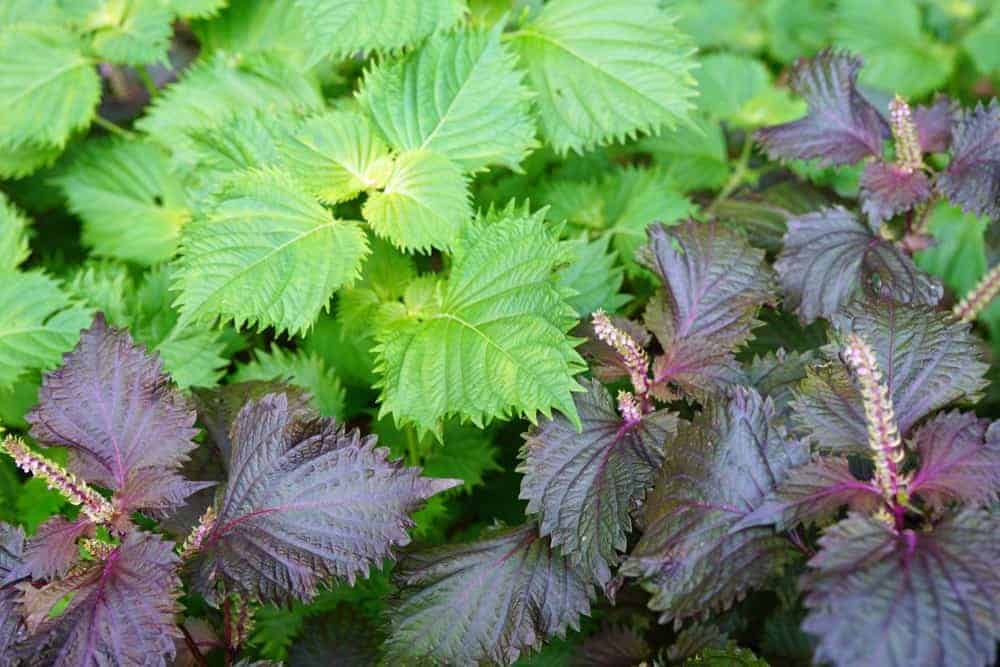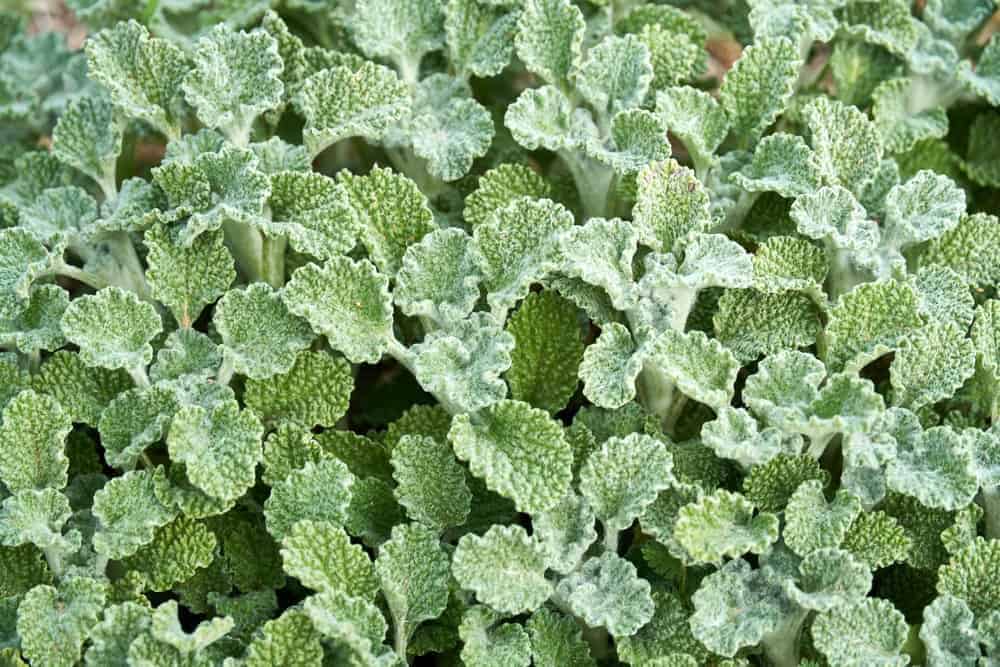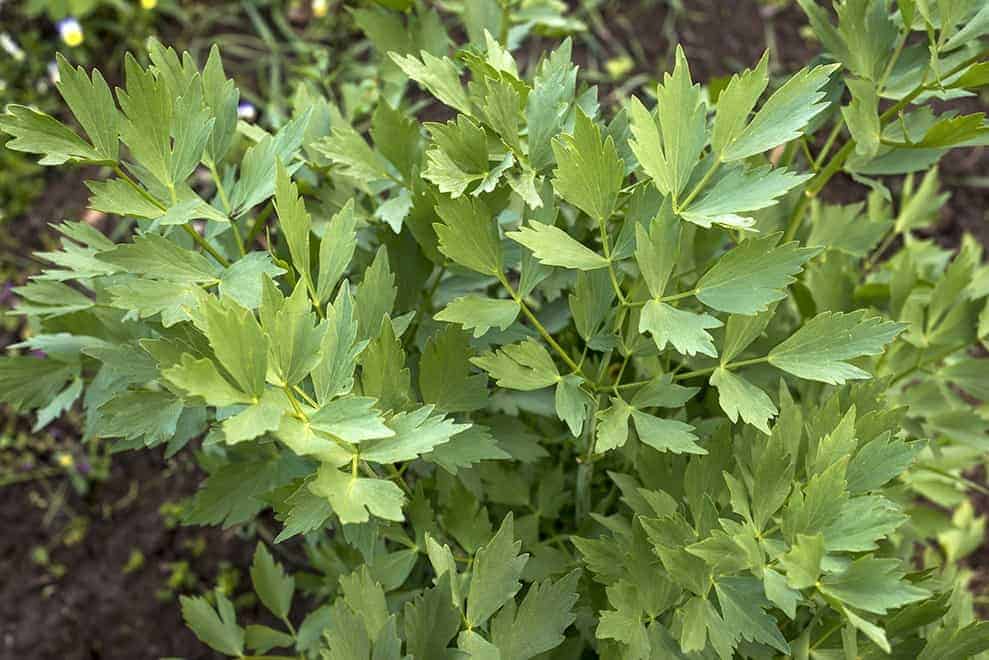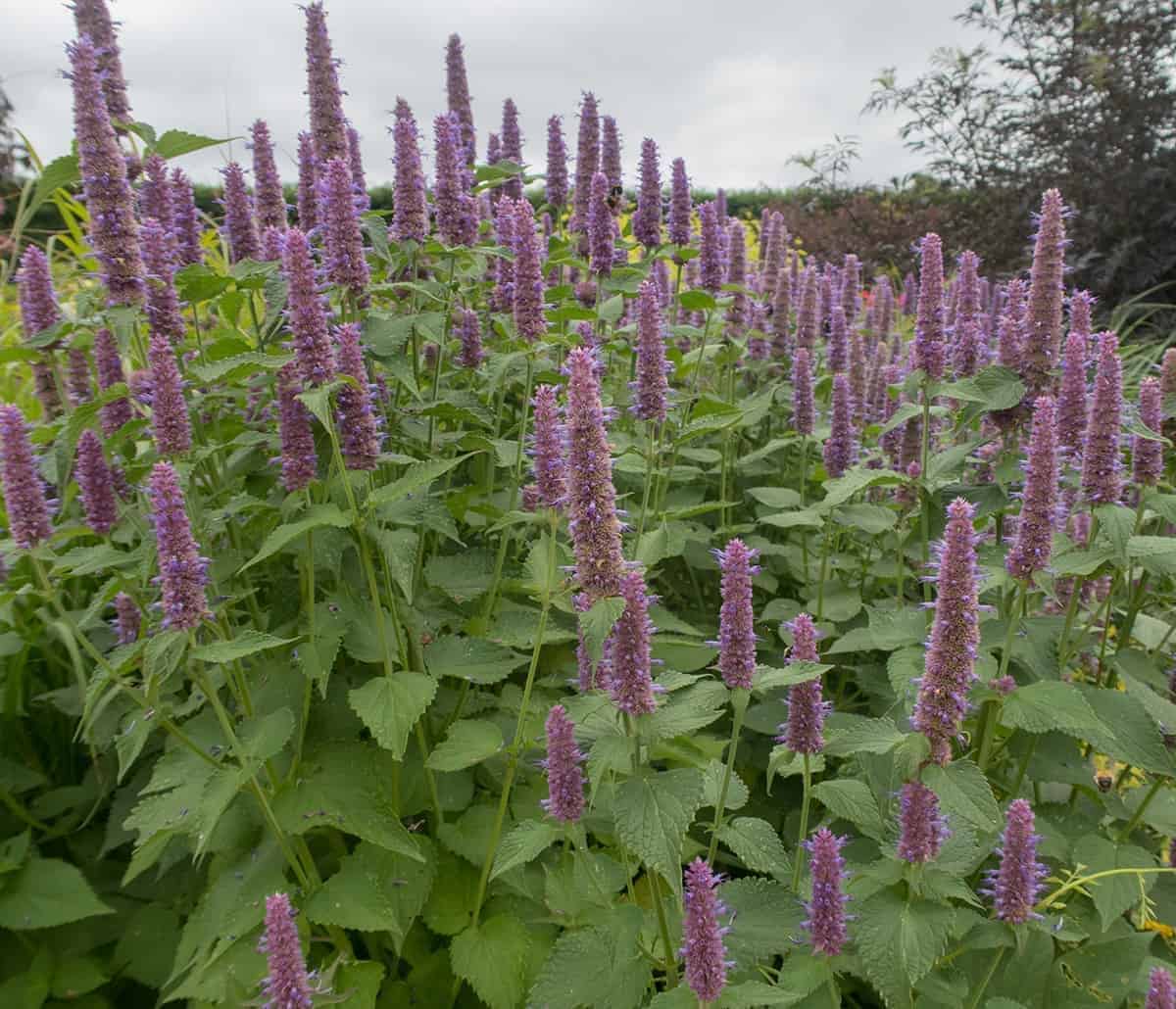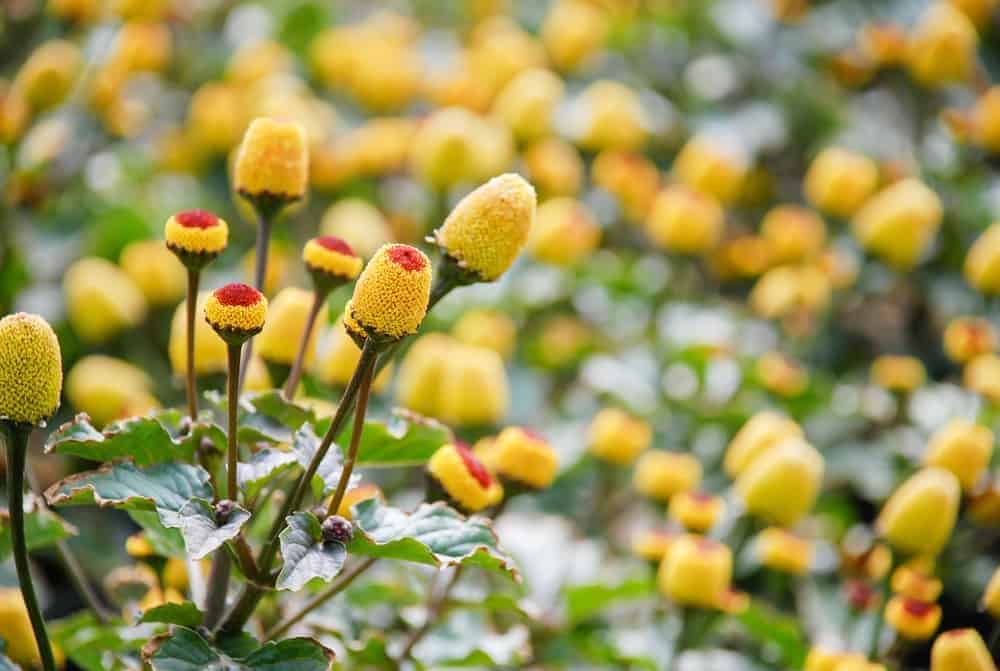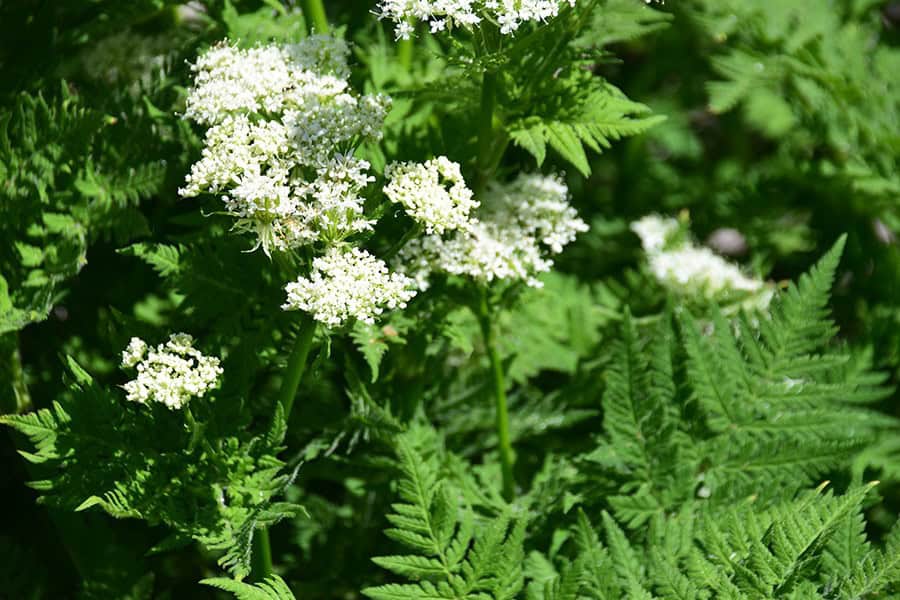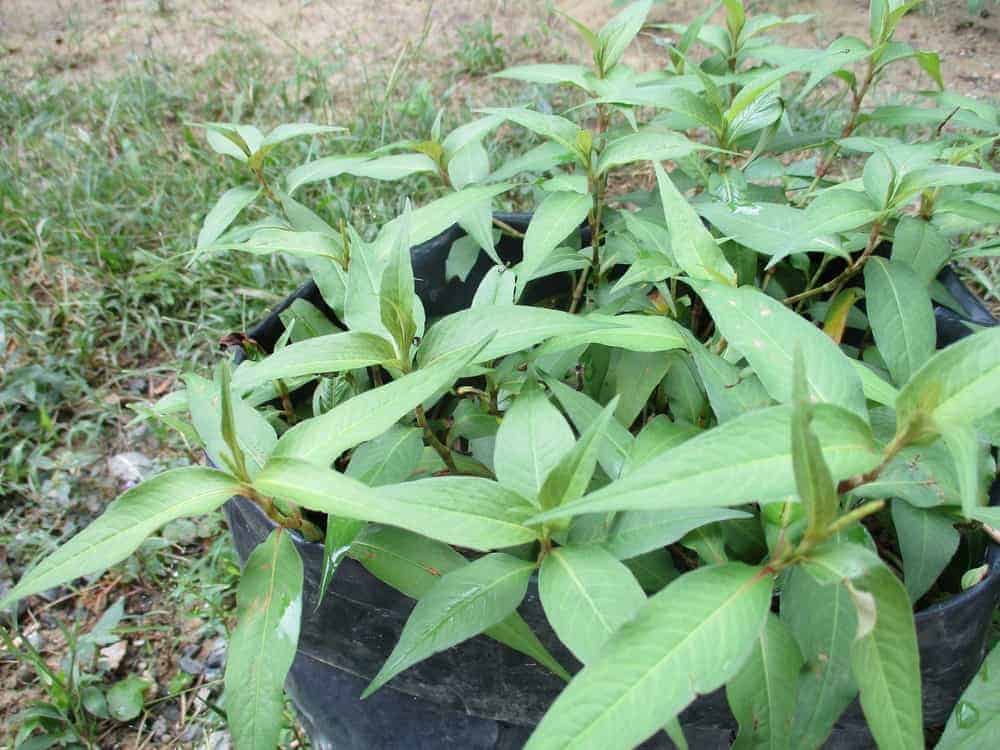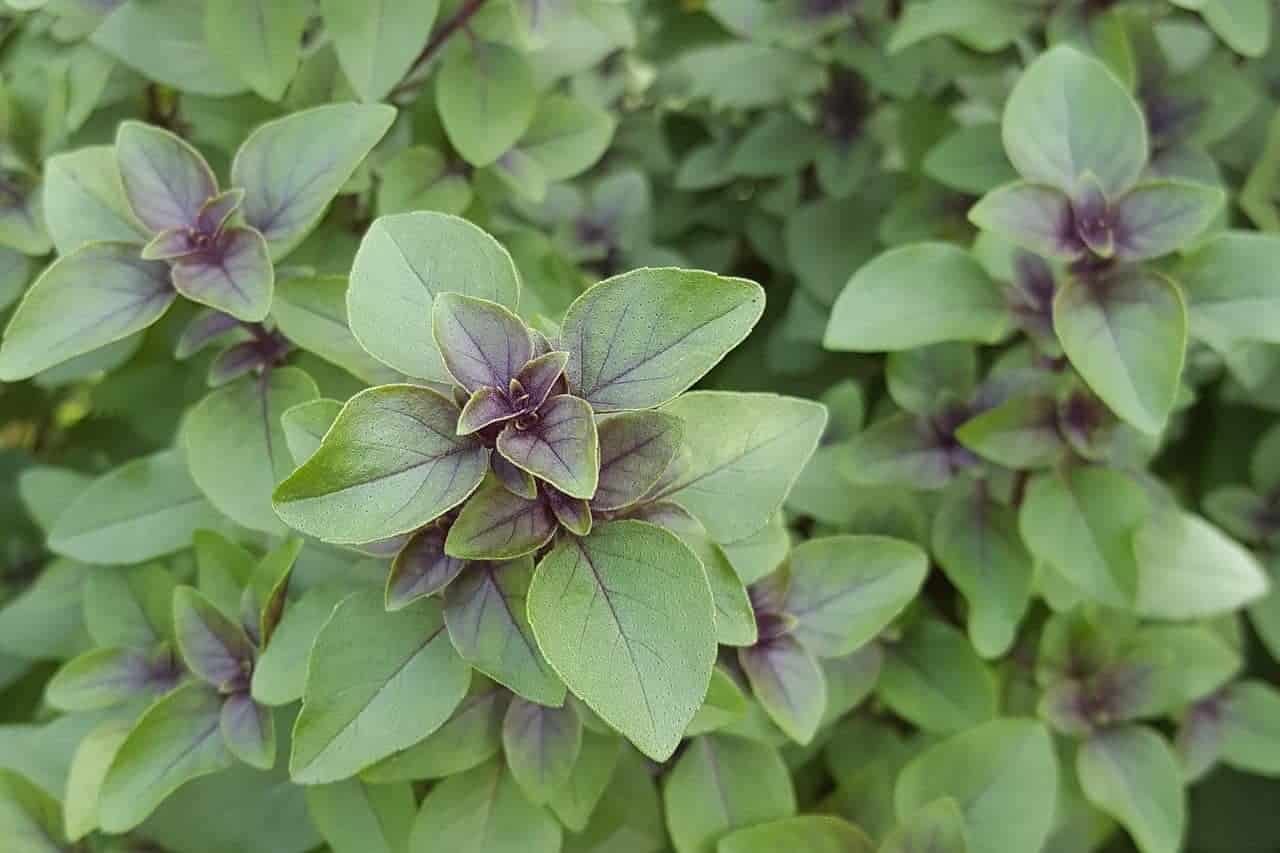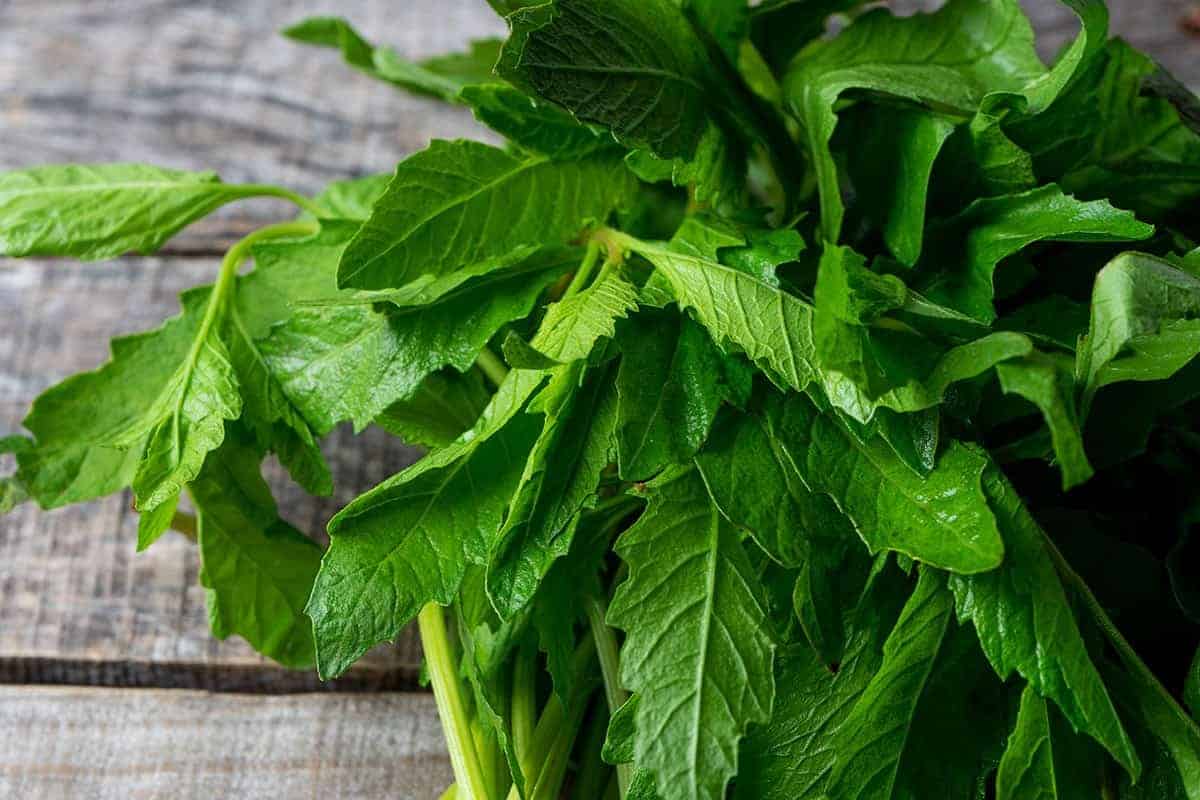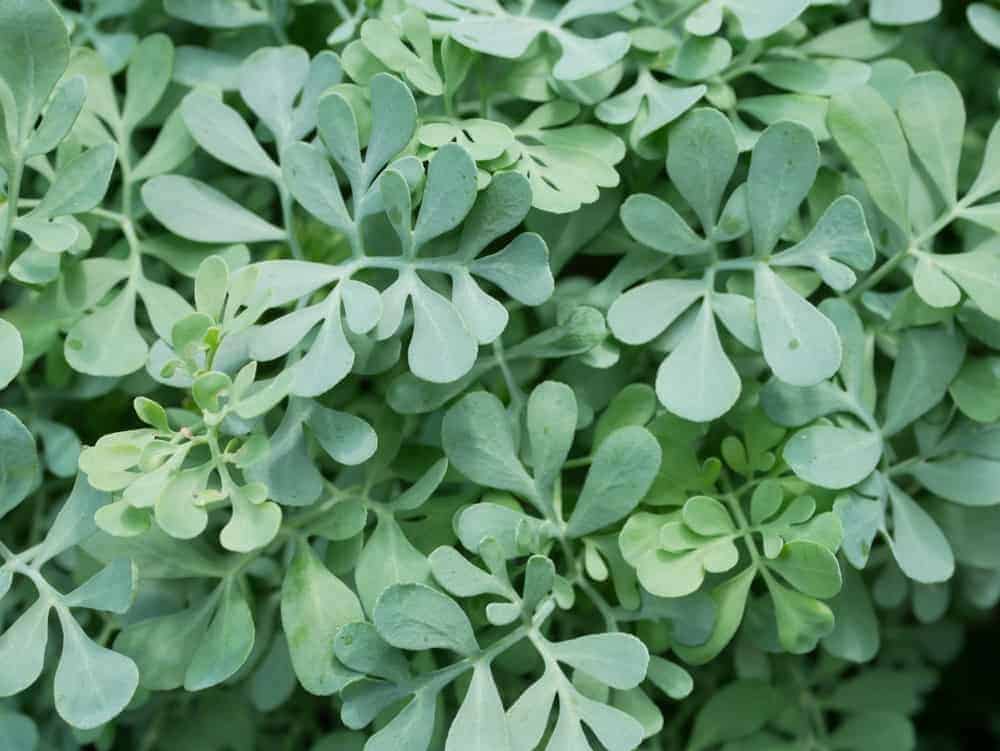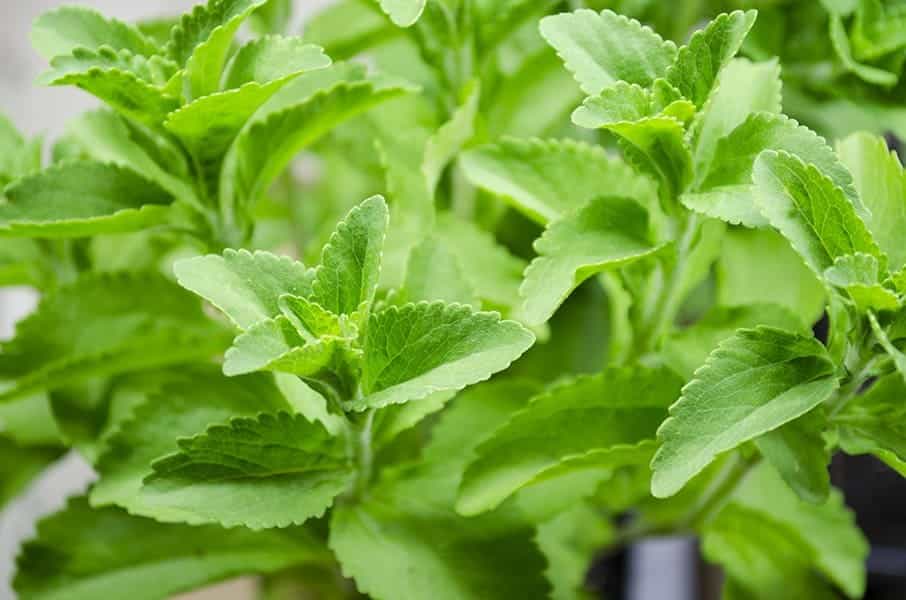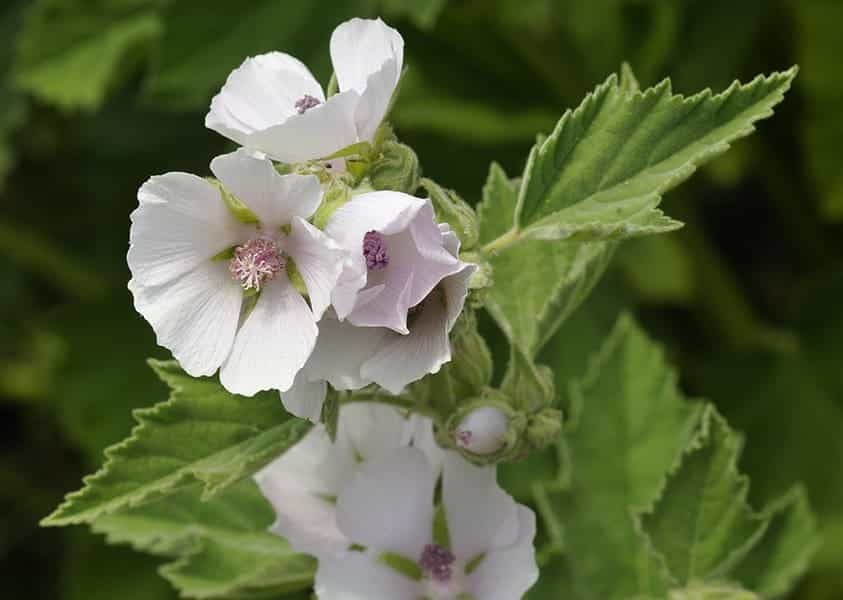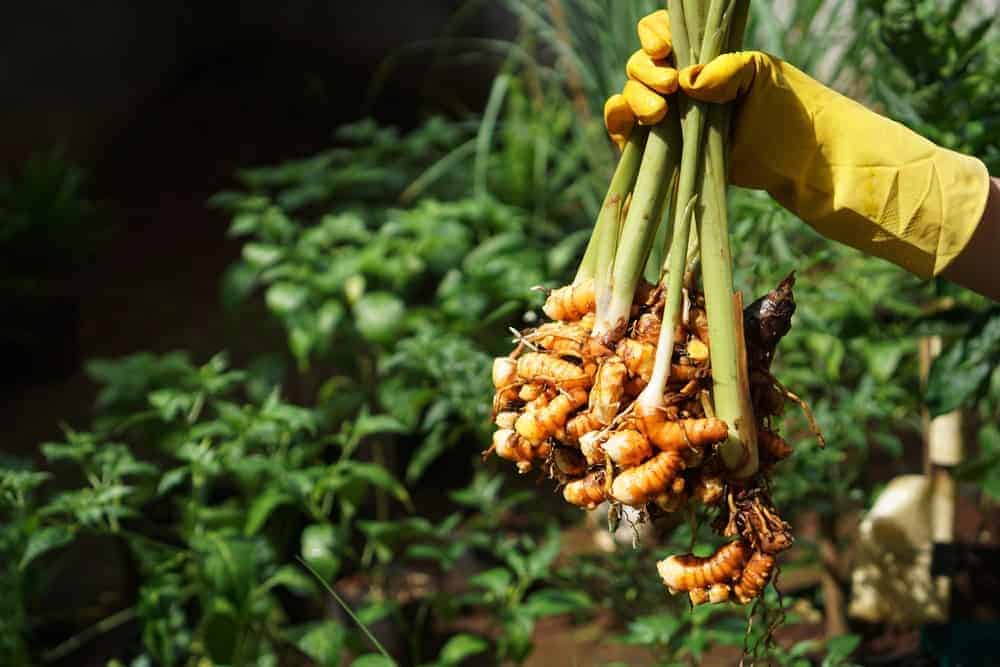While traditional herbs are undoubtedly essential in any garden, introducing rare and unusual varieties can elevate your culinary experiences. The familiar flavors of basil, thyme, rosemary, and dill are staples for a reason. However, there’s more to explore beyond these classics. A diverse selection of uncommon herbs offers unique depth in terms of flavor, color, and medicinal properties.
If you’re feeling adventurous and want to add some excitement to your herb garden, we’ve got a range of intriguing options to share with you.
Perilla
While some may perceive Perilla (Perilla frutescens) as a weed, this versatile herb is a valuable addition to the mint family. Native to Asia, it has been utilized for centuries in various Asian cuisines, yet remains an unconventional choice in North America. This summer annual thrives in warm and humid environments, making it an ideal candidate for USDA Growing Zones 3-10 during cool weather.
For Zone 11, plant Perilla in mid-to-late winter to reap the benefits of its omega-3 fatty acids and antimicrobial properties. In the garden, provide full sun with partial shade during peak heat hours. Seedlings should be started in containers and transplanted to a warmer spring environment. Mature Perilla plants are notoriously challenging to transplant successfully.
Reaching heights of approximately three feet, this herb is perfect for adding fresh flavor to vegetable stir-fries and garlic-infused dishes. As the winter approaches, the plant will naturally die back, only to self-seed for the following summer’s harvest.
Mexican Tarragon
Mexican tarragon (Tagetes lucida) hails from Mexico and Central America, sharing similarities with its French counterpart. Its unique flavor profile is characterized by deep notes of licorice and spice, making it a standout choice for adventurous herb enthusiasts. As a perennial in zones 9-11, this plant will thrive year-round, while in zone 8, it will experience a dormant period before regrowing the following season.
For cooler regions, Mexican tarragon can be successfully cultivated as an annual. To maximize its growth and flavor, cultivate it in containers that allow for sun exposure to follow the seasons. With mature heights reaching up to three feet, ensure at least 24 inches of spacing between individual plants. Planting in well-draining soil under full sun will yield the best results.
Utilize Mexican tarragon’s savory flavors to elevate egg and meat dishes, while its flower petals can be employed to craft a soothing tea that may help alleviate colds, gas, and stomach discomfort.
Horehound
Horehound (Marrubium vulgare) boasts crinkled leaves reminiscent of mint, but with a distinctively licorice-infused taste. The flavor profile is uncannily similar to traditional horehound candy, evoking nostalgia in those familiar with the treat. This perennial herb is an unexpected gem in many gardens, often thriving where other plants struggle to survive. Its ability to attract beneficial insects only adds to its appeal.
Horehound excels in Zones 3-10, and while fresh leaves are bitter, drying them out unlocks their magical flavor. Be aware that this plant has a tendency to self-seed and spread via runners, making it ideal for containers or challenging garden spots. For propagation, seeds can be sown in the fall, allowing Mother Nature to provide the necessary stratification.
Alternatively, you can divide established plants by digging down and cutting an eight-inch section of root, then replanting the original plant and watering well. Once dried, horehound leaves can be used to add depth to fish, chicken, or stir-fries, while also yielding a tea that may offer relief from respiratory issues.
Lovage
Lovage (Levisticum officinale) is an innovative substitute for parsley and celery, effortlessly complementing pasta, potatoes, or other carbohydrate-based dishes. Its unique presence in Scandinavia is contrasted by its relative scarcity in North America. One of the herb’s most notable attributes is its adaptability, allowing it to thrive in a variety of culinary applications.
When the growing season concludes, excavate the root and prepare it as you would any other root vegetable.
The leaves are ideal for incorporation into salads, while the stems and seeds can be utilized in confectionery creations.
Belonging to the carrot family, lovage plants can grow up to six feet tall. As the stems mature, they thicken, much like celery stalks, making them an excellent substitute in a variety of recipes.
When cultivating lovage, opt for sandy or loamy soil and full sun exposure within Zones 3 to 9.
Permit the plant to naturally die back during the winter months before reemerging in the spring and summer. Lovage’s rapid growth rate means you’ll only need to wait a couple of months before commencing your harvest.
Anise Hyssop
Despite its unique name, anise hyssop (Agastache foeniculum) is not related to anise or hyssop. Instead, it belongs to the mint family and boasts a distinct scent reminiscent of basil mixed with French tarragon. While some unusual herbs may be mere novelties, anise hyssop proves to be a versatile and valuable addition to any herb garden. For optimal growth, plant anise hyssop 18 inches apart using seedlings over direct sowing.
Spring is the ideal time to plant these seedlings, which will thrive throughout the summer months. As a native perennial, this herb can grow up to five feet tall, making it perfect for the back of your garden. Be sure to provide full sun, as too much shade will result in a weak and lanky plant. In zones 4 to 9, anise hyssop will experience good growth each season. Utilize its leaves in salads, jellies, or potpourris by steeping them in hot water for an uplifting tea.
The herb’s medicinal properties also make it useful for soothing skin irritations when used in salves. To keep your anise hyssop plant healthy and thriving, feed it once a year in the spring. Popular cultivars include ‘Alabaster’, ‘Blue Blazes’, ‘Black Adder’, ‘Blue Spike’, ‘Purple Haze’, and ‘Red Fortune’.
Toothache Plant
The enigmatic Spilanthes oleracea, also known as buzz buttons, eyeball plant, electric daisy, and toothache plant, offers a unique solution to temporary tooth pain relief by being chewed on. Its peculiar flowers set it apart from its herb counterparts in more ways than one. Unlike many of its kind, this plant demands rich, organic soil and a steady supply of water, thriving in full sun or partial shade towards the end of the day.
In regions outside North America, the leaves are commonly used as leafy greens in stews, dried to make tea, while the flowers are dried for medicinal applications that can alleviate toothache, mouth sores, colds and flu relief, and stomach aches. Notably, this plant prefers to grow in zones 9 to 11. The toothache plant’s growth is comparable to daisies and cornflowers, reaching up to 15 inches tall and 18 inches across.
It’s essential to wait until the plant reaches at least three inches tall before harvesting its leaves. With little care required, this unusual plant is a low-maintenance addition to any garden.
Feverfew
Feverfew (Tanacetum parthenium), a member of the daisy family, has been a valued herb for centuries. Native to Central Europe, it thrives in most North American regions. This perennial plant requires a unique approach to winter care – cut it back to just above the soil level, allowing it to regrow and self-seed with ease, albeit potentially invasive. Monitoring for unwanted sprouts is crucial; remove them at an early stage.
When spring weather remains cool, sow fine seeds directly in the garden, gently tamping them down without covering, as they require sunlight for germination. Once seedlings reach six inches tall, thin to 18 inches apart. Feverfew flourishes in Zones 5 to 10. Its versatility makes it an excellent addition to a survival garden or as a natural remedy, suitable for use in tinctures, teas, and insect repellents, whether fresh or dried.
Sweet Cicely
Sweet cicely (Myrrhis odorata) was a prized herb in times past, cherished for its medicinal and culinary applications. Although it’s no longer as ubiquitous, incorporating this underrated gem into your garden is an excellent way to diversify your herb selection with minimal effort.
This versatile herb can be used to flavor egg dishes, add a fresh crunch to salads, or cooked like spinach to create a delicious side dish.
For added variety, you can even cook the roots like a vegetable or utilize the stalks as a celery substitute.
One of sweet cicely’s most notable characteristics is its stature – it grows taller than many herbs, making it an ideal choice for the back of your herb garden or against a wall. To ensure optimal growth, provide well-rotted compost and repeat the application every year.
A unique benefit of this herb is its ability to thrive in partially shaded or shaded areas, making it perfect for gardeners with limited sunlight.
For best results, direct sow sweet cicely seeds in late spring to early summer, taking care to plant them half an inch deep and two feet apart. Aim to start with six to 12 plants and be sure to deadhead the flowers as they appear to prevent self-seeding, which can quickly become invasive if left unchecked.
Vietnamese Coriander
If you’re a cilantro enthusiast who’s frustrated by its rapid bolting in hot temperatures, Vietnamese coriander (Persicaria odorata) is an excellent alternative. Not only does it thrive in warmer conditions, but it also boasts a rich, smoky flavor profile that’s reminiscent of smoked herbs like applewood-smoked salt. In Southeast Asian cuisine, this versatile herb often takes the place of peppermint, and its unique taste requires about half the amount used when cooking with cilantro.
Vietnamese coriander is an excellent choice for containers, as it has a tendency to spread quickly and can potentially overtake surrounding plants if not kept in check. To cultivate this herb, choose a spot that receives morning sunlight and afternoon shade. In warmer regions, Vietnamese coriander is hardy enough to survive the winter as a self-seeding perennial (Zones 9-11), whereas those in cooler climates should treat it as an annual.
For gardeners who appreciate unusual herbs, Vietnamese coriander is an absolute must-have.
Tulsi
The revered Ocimum sanctum, also known as tulsi or holy basil, has been gaining widespread recognition for its medicinal properties. Its ability to counter metabolic stress and shield the body from oxidative damage is particularly noteworthy. And let’s not forget – it’s a flavorful addition to any dish.
This herb, which has been utilized in Ayurvedic medicine and various Asian cuisines spanning India to Japan, may seem unconventional in North America, but with some basic care, anyone can successfully cultivate tulsi.
Epazote
While some regions consider Epazote (Dysphania ambrosioides) a nuisance weed, it’s a prized kitchen herb in many cultures. This hardy plant boasts impressive resilience to drought and a willingness to thrive in unforgiving conditions. With its adaptable nature, Epazote can be cultivated in USDA Hardiness Zones 4-12 either from seed or by planting young seedlings.
One potential drawback is the plant’s tendency to spread rapidly, making container gardening a practical solution for maintaining control over its growth. As you enjoy the unique flavors of this and other unusual herbs, the real challenge may be finding ways to use them all up.
Rue
Ruta graveolens, or Rue, is a striking herb with grayish-brown leaves that form intricate clusters reminiscent of lace or delicate ferns. As the summer months arrive, it’s adorned with small, bright yellow flowers. While Rue has a rich history in traditional medicine, it’s essential to exercise caution and avoid ingesting it, as it contains toxic compounds. Fortunately, its benefits can still be harnessed through topical applications.
When growing this evergreen perennial, gardeners in USDA Hardiness Zones 4-10 will find it thrives under their care.
Stevia
Stevia rebaudiana, commonly referred to as the ‘candy plant’, offers a natural solution for those seeking a sugar substitute or individuals living with diabetes. The leaves of this perennial herb possess an unusually high sweetness level, making it ideal for use in small quantities. With its sweet taste similar to that of table sugar, stevia is an attractive option for those looking to reduce their sugar intake.
As a hardy plant, stevia thrives in zones 8 and above, where it can be cultivated as a perennial. For gardeners in zones 7 and below, stevia can be successfully grown as an annual herb. Its unique characteristics make it an exciting addition to any unusual herb collection.
Marshmallow
Marshmallow, scientifically known as Althaea officinalis, has been around for centuries, its sweet treats roasted over coals and enjoyed by many. While commercial production no longer relies on the plant itself, adventurous gardeners can still cultivate this unusual herb, which flourishes into a striking five-foot-tall specimen that attracts pollinators with its delicate white blooms.
Beyond its culinary uses, marsh mallow also possesses medicinal properties, offering relief from irritated skin and soothing coughs when prepared in the right manner.
Tumeric
Turmeric, often referred to as a superfood, has gained popularity due to its numerous health benefits. Not only is the tea consumed to enhance overall well-being, but the plant itself can be cultivated in various climates. As a perennial in zones 8-12 or an annual in cooler regions, turmeric’s versatility makes it an attractive addition to any garden.
Furthermore, while many are familiar with consuming the root for its medicinal properties and flavor, the leaves and flowers are also edible, offering a range of uses for this remarkable herb.
